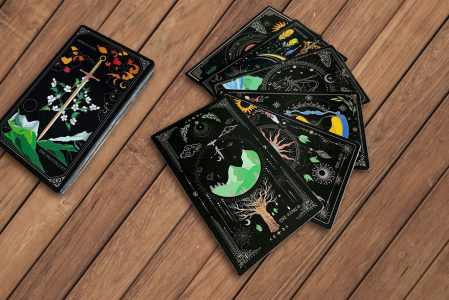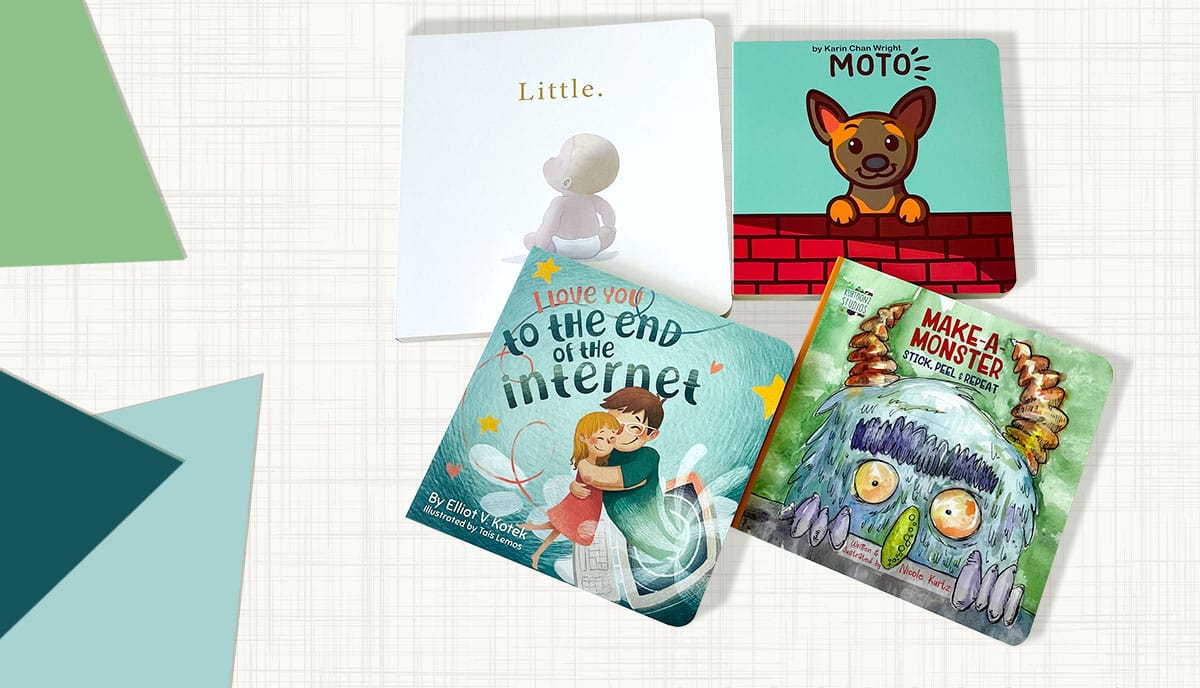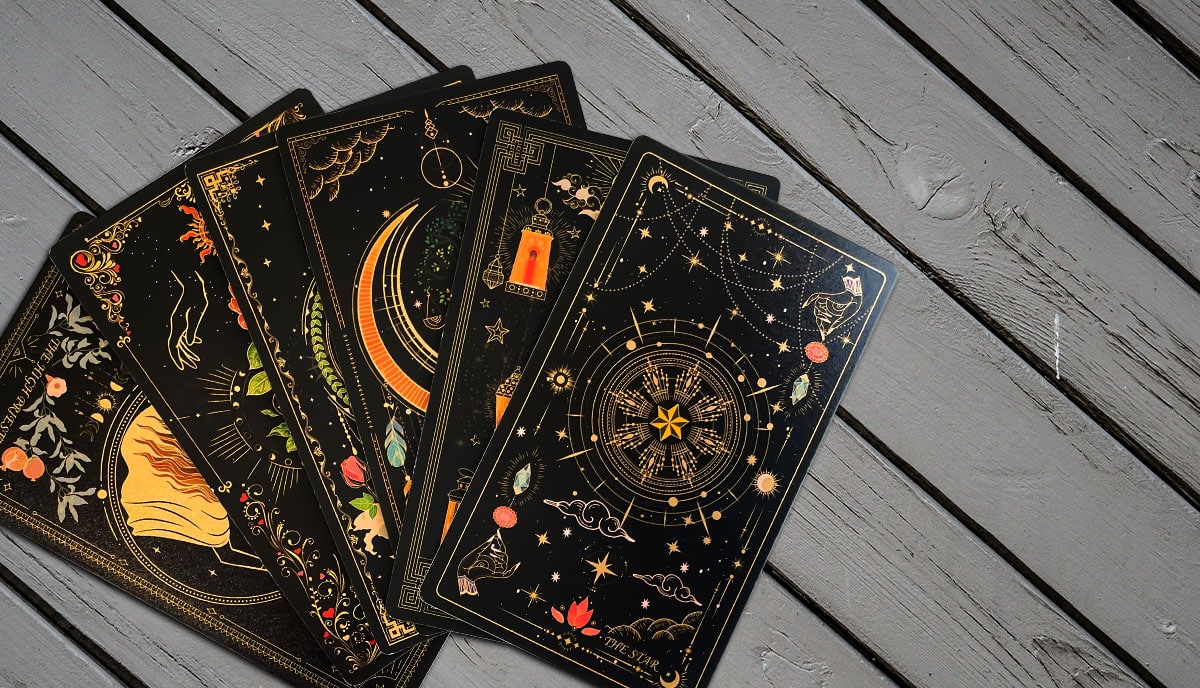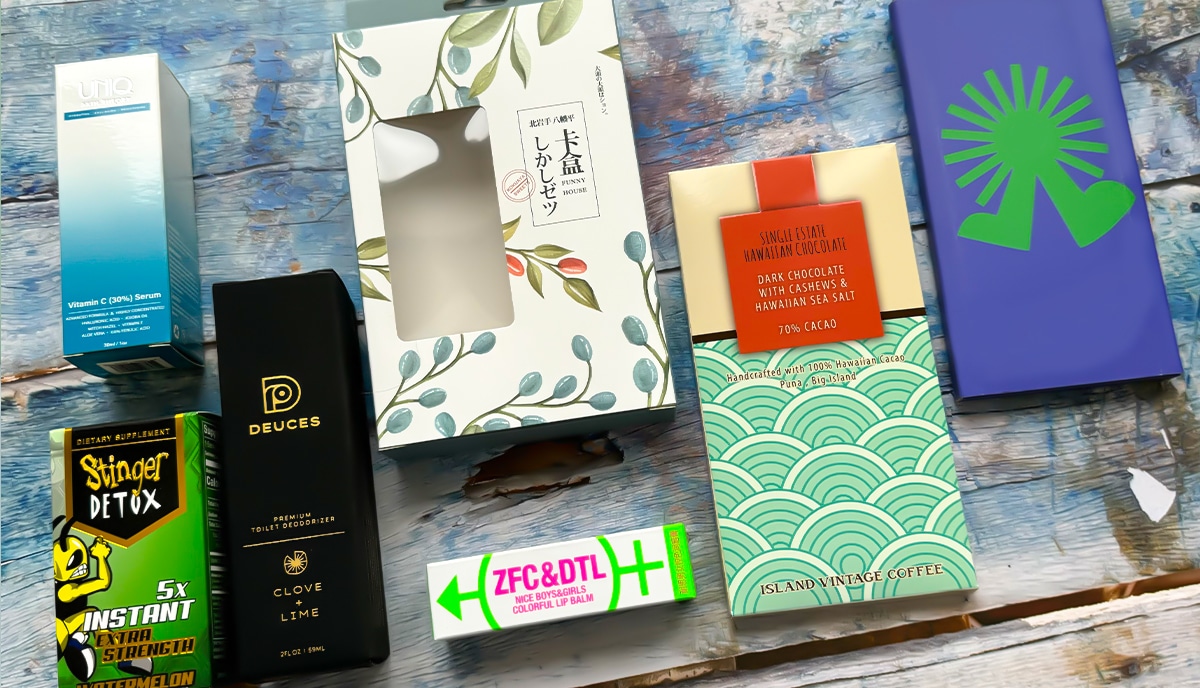We explore the reasons behind the continued growth in this ever-expanding market
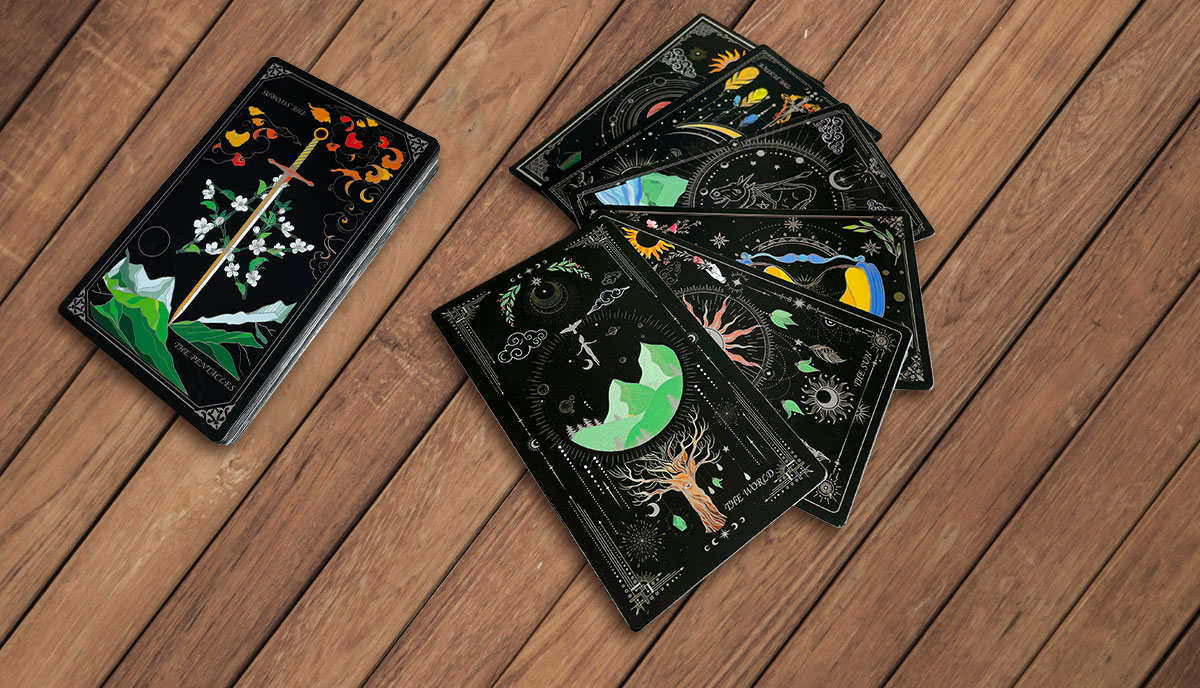
Tarot cards have become increasingly popular in recent years, drawing the attention of people from all walks of life. Writers, game designers, theater directors, artists, poets, and more have added their interest to the traditional demographic of mystics, psychologists, and therapists. So why do people love tarot cards? From millennials to spiritual seekers, tarot has found its way into the mainstream consciousness as a tool for self-reflection, guidance, empowerment and artistic expression—not to mention fun!
As one of the world’s most successful and reputable offset printing companies, we help design, print, package, and distribute beautiful custom tarot cards all over the globe. Our clients range from game designers, self-publishers and artists to magic suppliers and major retailers.
The latest research values the worldwide market in tarot cards at US$1292.22 million. That figure is predicted to increase to US$1589.22 million by the end of 2028. In this post, we’ll explore the allure of tarot cards, their historical origins, and their impact on the personal growth and well-being industry to help inform your designs and promotional plan if you’d like to take part in this burgeoning market sector.
The rise of tarot in modern culture
Tarot cards have experienced a significant resurgence in popularity, with sales booming and social media flooded with tarot-related content. The metaphysical services industry, including tarot reading, is estimated to be worth billions of dollars. Add to that the role that tarot cards and their derivatives play in the board game and tabletop game industry, collectable arts, and even psychotherapy, and you see there’s huge scope for sales across a range of sectors. This surge in interest can be attributed to a variety of factors, including the desire for self-reflection, the search for meaning in a chaotic world, the appeal of the mystical and symbolic nature of tarot, the appreciation of mythic art, the rise in self-publishing, and the growth in the games industry.
The mystical appeal and open interpretation
Tarot cards possess a unique visual allure long associated with mystery, mysticism, and magic that captivate the imagination of many people of all ages. These cards, whether the designs are traditional or modern interpretations, engage the interest of historians, anthropologists, psychologists, and therapists along with the neopagan community, artists, writers, collectors, and more. With their intricate designs and rich symbolism, each card is like a window into a different world. The archetypal images and stories depicted on the cards offer a sense of familiarity and intrigue, inviting the reader to explore their own subconscious and tap into their intuition. This unique combination of a system of elements which is both fixed and fluid, traditional and open to contemporary interpretations and use, is undoubtedly one key to the longevity and continued appeal of the tarot.
The search for guidance
In a world filled with uncertainty and constant change, many turn to tarot as a source of guidance and clarity. Tarot readings provide an opportunity to ask questions and gain insights into various aspects of life, including relationships, career choices, and personal growth. By consulting the cards, individuals can gain a fresh perspective and make more informed decisions. And while we relate some of this to unfalsifiable, untestable, supernatural beliefs, there’s also a body of scientific evidence which supports the health benefits related to using the tarot cards as a tool for self-reflection, mindfulness, and insight. One study, cited in an article in Scientific American, found that these “pseudoscientific” treatments and practices are as effective in alleviating suffering as mainstream psychotherapy and medicine.
Empowerment and self-reflection
So, both anecdotal evidence from tarot card enthusiasts and scientific examination and evaluation suggests that tarot cards can be a powerful tool for self-reflection and personal empowerment. Through the process of interpreting the cards, individuals are encouraged to tap into their own intuition and wisdom. Tarot readings can help individuals gain a deeper understanding of their thoughts, emotions, and desires, allowing them to make positive changes and take control of their lives.
This is certainly the most powerful answer to the question, why do people love tarot cards? It’s also a clear indicator that there’s likely to be a stable market for these products in the future as these fundamental human needs which the tarot cards can help supply are constants in the daily lives of almost everybody on the planet.
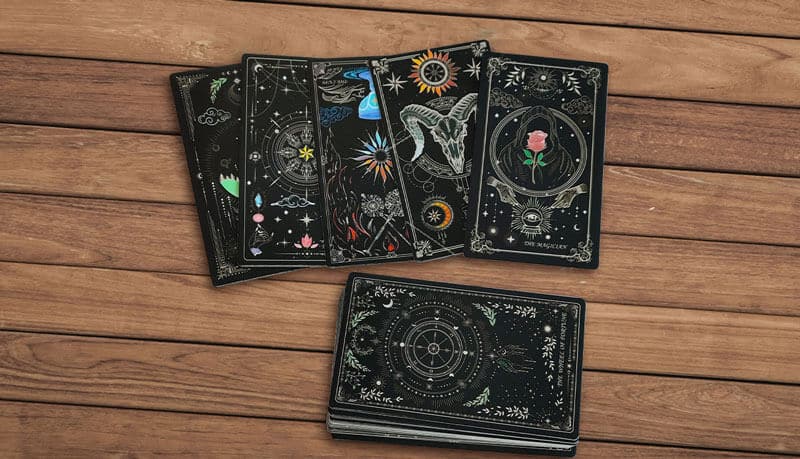
The historical origins of tarot
The historical origins of tarot can be traced back to 15th-century Italy, where it began as a card game called tarocchi. The game used decks of cards with suits of swords, cups, coins, and batons. Over time, the cards developed, and artists were commissioned to create additional sets of triumph cards featuring elaborate allegorical illustrations. These decks were used for divination and marked the transition of tarot from a game to a tool for spiritual exploration. They’ve subsequently also been used for entertainment in magic shows and long developed as an art form, with many famous artists—including Mantegna, Dürer, Salvador Dalì, and more—designing and publishing their own tarot deck interpretations and designs.
The Rider-Waite-Smith deck and custom designs
The most well-known and widely used tarot deck is the Rider-Waite-Smith deck, published in 1910. Created by members of the then popular “Anglo mystics” movement, this deck introduced a new system of symbolism and imagery, combining elements from various belief systems, including medieval Italian allegory, Mamluk, ancient Egypt, Greco-Roman, and Celtic influences. The Rider-Waite-Smith deck remains a popular choice among tarot enthusiasts because of its evocative and relatable imagery and its perceived position—as arguably the most commonly recognizable tarot deck—as the primary or most authoritative version. Many contemporary tarot cards designs are based on this deck or use it as a framework and point of departure.
Tarot cards and associated product lines
As we’ve seen, while its historical origins lie in a metaphysical perception of the universe, the contemporary tarot, if we can call it that, isn’t so much about divination; it is a personal journey of self-discovery, interior analysis, or a work of art as an end in itself, or a game played for simple fun. It’s this breadth and depth to what the tarot cards can be and can mean to a broad demographic that helps account for its continued growth as a market. And around the core product—a deck of tarot cards—arise multiple opportunities for selling associated print products, such as books, board games, art prints, and posters, to name only a few. This gives us another answer to our original question. Why do people love tarot cards? Because of their cultural status and the range of decorative and practical products they can enjoy that are associated with them.
The future of tarot
The future of tarot—both as a cultural phenomenon and a business opportunity—is bright and promising. As more individuals embrace tarot as a tool for personal growth and self-discovery, as artists explore the aesthetic possibilities of the cards, and as game designers continue to be inspired by these decks, the production and printing of the tarot card market will continue to develop and adapt to meet the needs of the modern world. Tarot cards will remain a source of inspiration, guidance, and empowerment for generations to come.
Talk to us!
You can read more about our tarot card design, printing, packaging and delivery services here. If you’re interested in design and printing a set of beautiful, high-quality tarot cards—and personal customer service matters to you as much as a world-class product — then we should talk. We can also print an instructional booklet to accompany your tarot decks. Your booklet can fit inside the same box, or it can be larger, in which case we can design a special insert to carry both the card deck and the booklet inside a larger presentation box. Get in touch today to chat through your needs or to ask for a no-obligation quote. We can’t wait to help you make the most magical tarot cards you can imagine!
